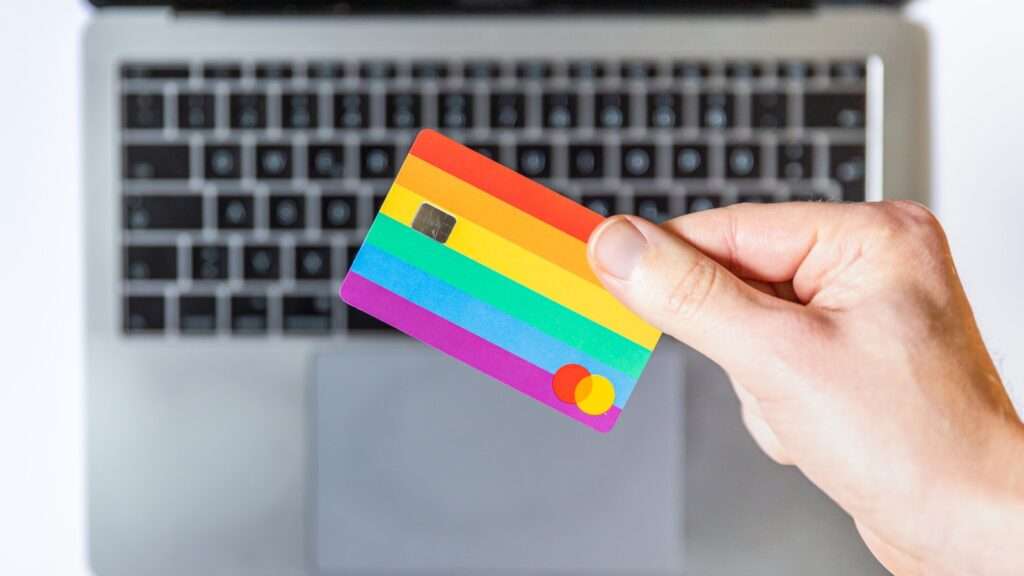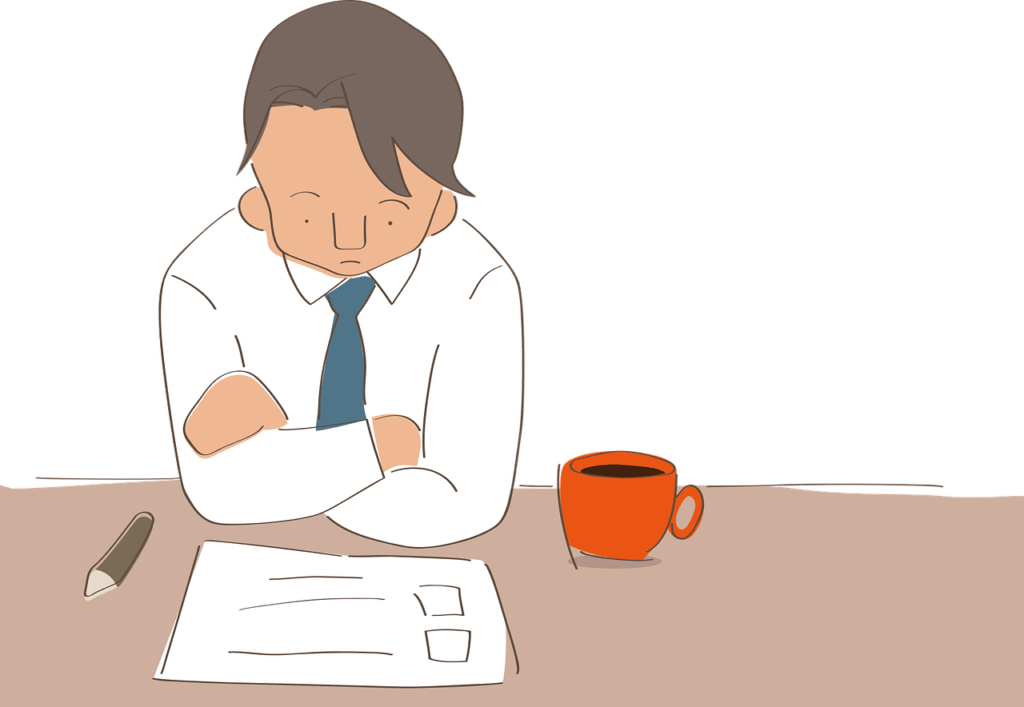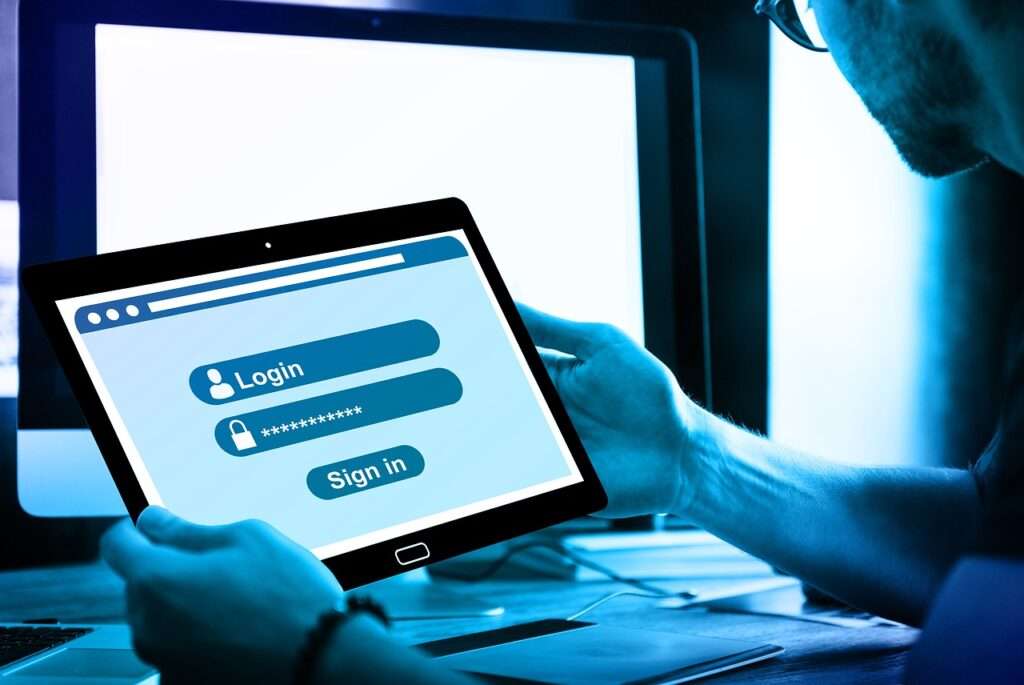How to recover from a data breach?

According to a 2021 Norton survey, average time spent by Indians trying to figure out next steps after a cybercrime incident is 10.8 hours. If you suspect that your bank account or personal information has been breached, it’s important to take immediate action to protect your finances and personal information.
1
Check if your information was part of a breach.

You may receive communication from your service provider from whom the data got breached, or You may use services such as haveibeenpwned.com to know which details were breached.
Typically, data involved in data breaches are phone numbers, contact e-mail addresses, bank account details, physical addresses, health information or credit information.
2
Check if the breach impacted your data/finances in any way.

Please check your bank accounts to see if any fraudulent activity was done based on breached information, and contact your bank.
You can check your e-mail account or phone for notifications about any suspicious transactions. e.g. insurance claims or bank transfers to unknown accounts etc.
3
Report breach to relevant authorities
Notify your bank or service provider immediately about the suspected breach. Most reputed service providers have a dedicated fraud hotline or customer support line for such cases. They will guide you through the next steps and help secure your account.
Learn more about reporting unauthorized transaction to your bank
4
Change passwords of your online accounts

Change the passwords of your accounts that were involved in the breach. Additionally, change the passwords of all accounts where you used the same password.
Changing your passwords frequently is a good practice as it protects your data from being misused before the breach data is made public. In addition, you can use a password manager to ensure you use strong passwords and avoid reusing passwords.
5
Ask for a re-issue of your card or change your banking credentials

Change your card details if your card number and CVV were part of the breach. Your card details may be used in another country to make transactions, making it easier to recover your money.
6
Monitor your credit reports
Obtain a copy of your credit report from one of the major credit reporting agencies (Experian, TransUnion CIBIL, or Equifax). Review it for any unusual activity or accounts opened without your knowledge. Consider placing a fraud alert or credit freeze on your credit file for added protection
7
Beware of spammers or fraudsters trying to steal your data

Beware, you may be approached by spam callers or online fraudsters who may trick you into revealing more information based on the data available from the breach.